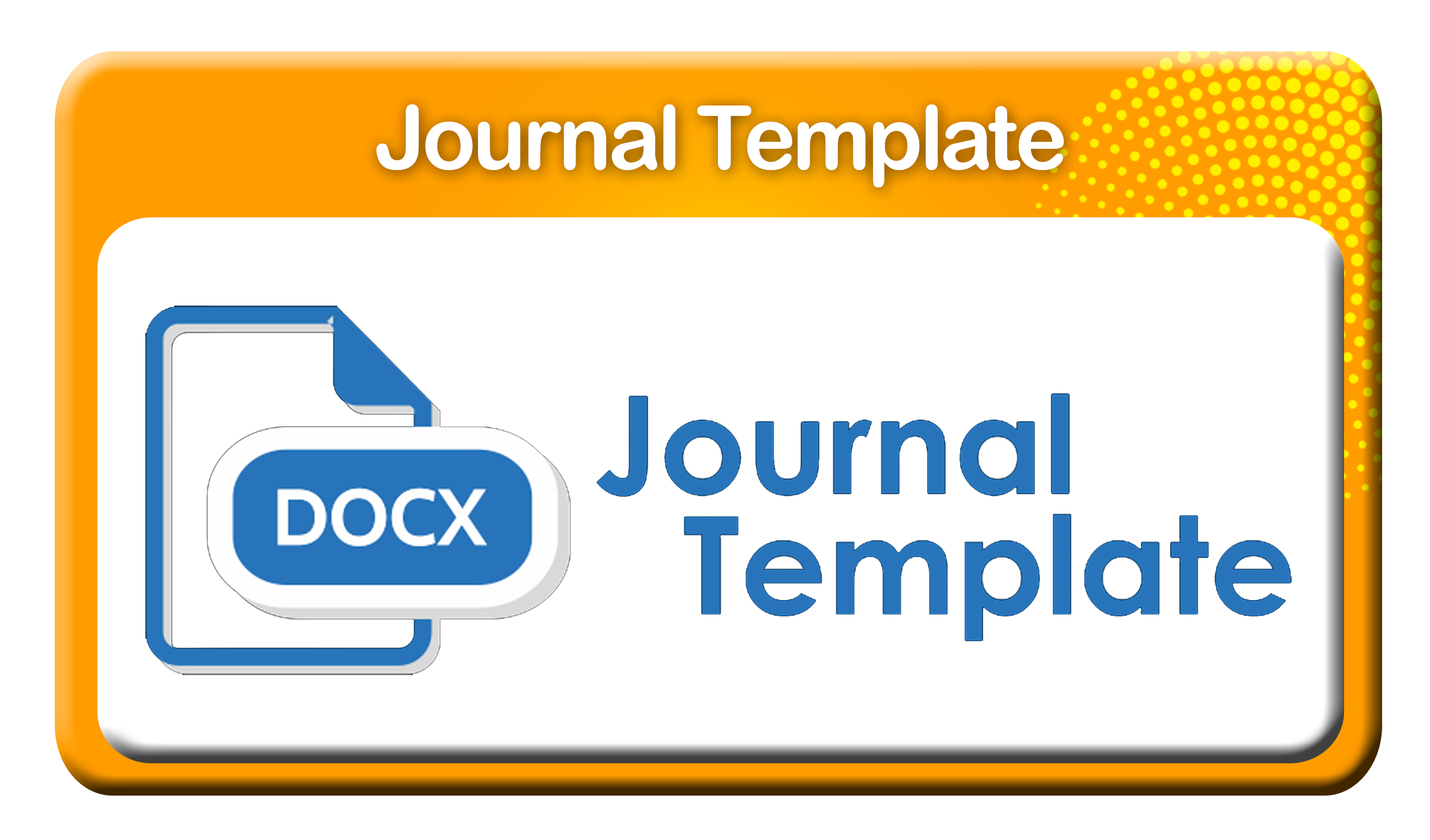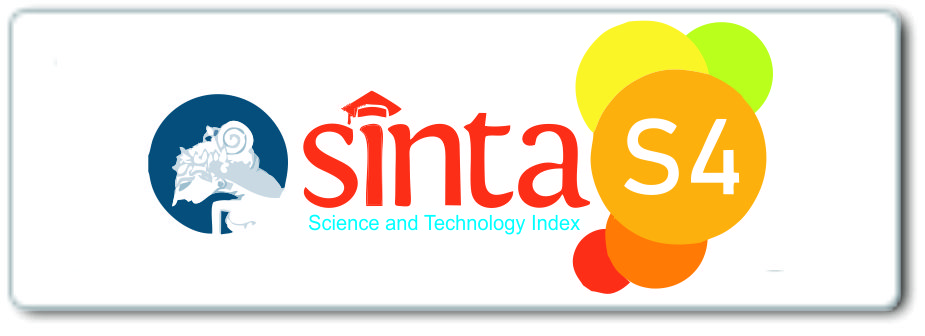“Japanese Ants (Tenebrio Molitor) Stabilize Blood Sugar Levels For Diabeticsâ€: The Current Issue OF Herbal Medicine In Indonesia"
Japanese Ants (Tenebrio Molitor)
DOI:
https://doi.org/10.29082/IJNMS/2018/Vol2/Iss02/141Keywords:
Japanese Ants, Blood Sugar Levels, Diabetes mellitusAbstract
There are still many of our people who have never heard or even seen the shape of the Japanese ants, so sometimes people consume Japanese ants with different doses between people with each other and even some who consume Japanese ants are not appropriate doses because they want to get well soon. The purpose of research to know the relationship between consumption patterns of Japanese ants and blood sugar levels of people with diabetes mellitus. The design of this study is correlational analytic with crossectional approach. Variables of this research there are two that is the pattern of consumption of Japanese ants as an independent variable and blood sugar levels as the dependent variable. The population of this study was all patients with diabetes Mellitus who had suffered > 5 years who consumed Japanese ants in Grinting Village Karangjeruk Village Jatirejo Subdistrict Mojokerto regency as many as 10 respondents. in the sampling of researchers using total sampling technique. Data collection with an observation sheet of Japanese ant consumption and blood sugar level. The result of the research showed that most of the respondents consume Japanese ants regularly as much as 6 respondents (60%) and most respondents have blood sugar level in the normal category that is between 100-125 mg/dl as many as 6 respondents (60%). Consumption Japanese ants can routinely lower blood sugar levels of people with diabetes mellitus because ants contain enzymes that can keep blood sugar levels diabetics.
Downloads
References
Andi. (2011). Japanese ants: solutions for gout, cholesterol, diabetes, hypertension. Retrieved December 19, 2017, from http://www.meristanews.co.id/semut-jepang-solusi-untuk-asam-urat-kolestrol-diabetes-hipertensi/ accessed on December 19 2015
Andre. (2013). Dosage Rules and How to Drink Japanese Ants. Retrieved December 18, 2017, from http://www.semutjepangmurah.com/cara-minum-semut-jepang/
Arikunto, Suharsimi. (2006). Research Procedure A Practical Approach. Jakarta: rineka Cipta
Corwin, Elizabeth. (2009). Pathophysiology Pocketbook. Jakarta: EGC.
Damitri. (2012). 11 Secrets Behind the Benefits of Japanese Ants for the Treatment You Need to Know. Retrieved December 18, 2017, from http://cara.pro/faat-semut-jepang/
Hermawan. (2014). The content contained in Japanese ants. Retrieved December 18, 2017, from http://www.semut-jepang.com/2015/02/kandungan-yang-ada-di-semut-jepang.html
Hidayat. (2010). Nursing Research Methods and Data Analysis Techniques. First edition. Jakarta: Salemba Medika.
Mubarok, Wahid Iqbal, Chayanti, Nurul, (2007). Public Health Sciences. Jakarta: Salemba Medika
Notoadmojo, S. (2010). Health Research Methodology. Revised Edition. PT. Rineka Cipta. Jakarta.
Nursalam (2008). Concept and Application of Research Methodology Nursing. Jakarta: Salemba Medika
Nursalam, (2013). Concept and Application of Research Methodology Nursing. Jakarta: Salemba Medik.
Saryono. (2010). Health Research Methodology. Yogyakarta: Nuha Medika
Setiadi. (2007). Concepts and Writing of Nursing Research. Yogyakarta: Graha Ilmu
_______. (2013). Concepts and Writing of Nursing Research. Yogyakarta: Graha Ilmu
Smeltzer & Suzanne Bare, (2008). Medical Surgical Nursing Textbook. Jakarta: EGC
Sugiyono. (2012). Statistics for Research. Bandung: Alfabeta.
Sujono and Sukarmin, (2008). Internal Medicine 4th Edition. Jakarta: EGC
Suyono. (2009). Internal Medicine. : Jakarta: EGC
Tjokroprawiro, A. (2007). Textbook of Internal Medicine Faculty of Medicine Airlangga. Surabaya. Airlangga university Press.
Triyanisya. (2013). The seventh largest number of people with diabetes in Indonesia in the world. Metro TV News. Retrieved December 13, 2017, from http://www.metrotvnews.com.
Waspadji S. (2006). Diabetes Mellitus Basic Mechanisms and Rational Management. In Soegondo S, Soewondo P and Subekti I (eds). Management of Integrated Diabetes Mellitus, Cipto Mangunkusumo-FKUI National Diabetes and Lipid Center, Jakarta,
Widasari S Giitarja. (2008). Diabetes Wound Care: Integrated Wound Care Series. Bogor: Woundcare Indonesia.
Downloads
Published
Issue
Section
License
Authors who publish with IJNMS agree to the following terms
- Authors retain copyright licensed under a Creative Commons Attribution-ShareAlike 4.0 International License that allows others to share the work non-commercially with an acknowledgement of the work's authorship and initial publication in this journal.
- Authors are permitted and encouraged to post their work online (e.g., in institutional repositories or on their website) prior to and during the submission process, as it can lead to productive exchanges, as well as earlier and greater citation of published work (See The Effect of Open Access). Authors can archive pre-print and post-print or publisher's version/PDF.









_IJNMS.png)






